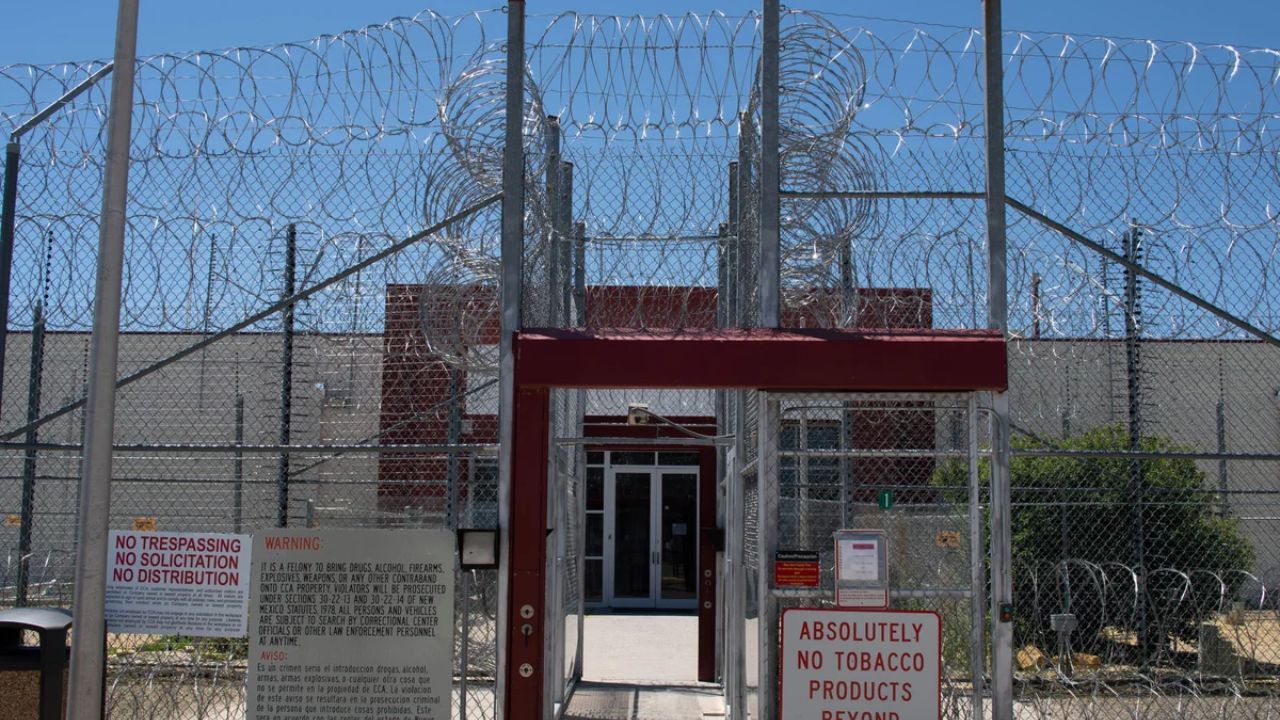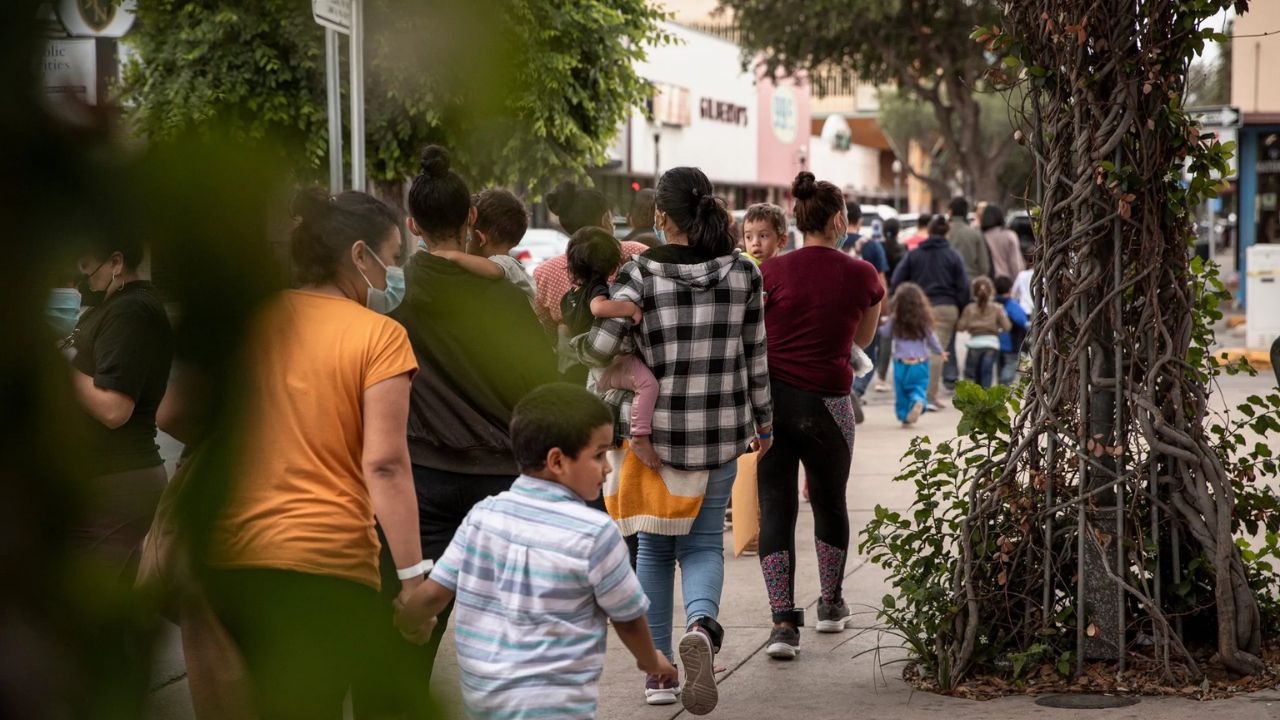The United States government has set a deadline of May 7, 2025, for people who want to get a REAL ID to travel within the country or enter certain federal buildings.
As this date gets closer, many states and the federal government are offering clear guidance, especially for non-U.S. citizens who are unsure whether they qualify.
Why Is REAL ID Important?
REAL ID is a new type of identification that is more secure and harder to fake. Congress passed the REAL ID Act in 2005, but enforcement was delayed several times.
From May 7, 2025, air travelers within the U.S. and people entering certain government buildings must show a REAL ID or another accepted form of ID, such as a passport.
All 50 states have been preparing residents to meet these new requirements. But the big question for many is: Can non-citizens also get a REAL ID?
Yes, Non-Citizens Can Get a REAL ID—But It Depends
According to the U.S. Department of Homeland Security (DHS), certain non-U.S. citizens can qualify for a REAL ID, as long as they show valid documents proving their identity and legal presence in the country.
The DHS website says:
“REAL ID allows compliant states to issue driver’s licenses and identification cards where the identity of the applicant cannot be assured or for whom lawful presence is not determined.”
In simple terms, non-citizens who are lawfully present in the U.S.—like green card holders, people with valid work or student visas, and those with programs like DACA or TPS—may be eligible for a REAL ID. However, they must provide original documents proving their legal status.
What Documents Are Required for Non-Citizens?
The process for applying is similar to that of U.S. citizens, but non-citizens need to show immigration-related documents. These may include:
- An unexpired foreign passport with a valid U.S. visa and approved I-94 form
- A Permanent Resident Card (Green Card), either valid or expired, with proper supporting documents
- An Employment Authorization Document (EAD) card
- TPS (Temporary Protected Status) documents
- Notice of Action forms (I-797), depending on the case type
- A passport stamped “Processed for I-551”
Each case is different, and states may ask for additional documents depending on your visa type or immigration situation.
States Like California and Pennsylvania Offer More Clarity

States such as California and Pennsylvania have published detailed instructions for non-citizens applying for a REAL ID.
The California Department of Motor Vehicles (DMV) clearly states that anyone who can prove legal presence in the U.S. can get a REAL ID. This includes:
- U.S. citizens
- Permanent residents (green card holders)
- DACA or TPS recipients
- Visa holders (student, work, etc.)
In Pennsylvania, the Department of Transportation (PennDOT) explains that non-citizens can receive a REAL ID if they present the correct documents.
However, the type of documents and the validity period of the REAL ID will depend on the individual’s immigration status.
For example:
- Permanent residents pay a one-time $30 fee, and their REAL ID lasts for the remaining time on their current license plus four extra years.
- Temporary visa holders pay the $30 fee plus a duplicate product fee of about $30.50, and the ID’s expiration date matches the length of their approved stay in the U.S.
What If You Get a Non-Compliant Card?
Some people may choose to apply for a non-compliant ID, which is not valid for domestic flights or entry into federal buildings.
These cards must mention that they are not REAL ID-compliant and usually have a different color or design.
But DHS warns not to assume that someone with a non-compliant card is undocumented. Many people—citizens and legal residents—choose to get non-compliant cards for personal reasons.
High Demand as Deadline Approaches
With the May 2025 deadline getting closer, states are seeing a huge increase in applications.
In Pennsylvania, PennDOT said they’ve had to add staff and open offices on extra days just to handle the number of people applying for REAL ID. On April 15 alone, nearly 12,000 people received their REAL IDs in that state.
“We’re seeing a big rush. We’re processing tons of people every day,” a PennDOT spokesperson told Newsweek.
What TSA Officials Are Saying?
Adam Stahl, a senior official at the Transportation Security Administration (TSA), emphasized the importance of this new ID:
“The REAL ID requirement improves safety by making it harder for criminals and terrorists to use fake IDs. TSA will make sure the new rules are implemented smoothly without disrupting airport operations.”
What Should You Do Now?
If you’re a non-citizen and your current driver’s license or state ID is not REAL ID-compliant, here’s what you should do:
- Check your local DMV website for an appointment.
- Bring your current ID.
- Bring proof of legal presence (like a visa, green card, etc.).
- If your name has changed (due to marriage or otherwise), bring a certified name-change document.
Disclaimer- Our team has thoroughly fact-checked this article to ensure its accuracy and maintain its credibility. We are committed to providing honest and reliable content for our readers.






